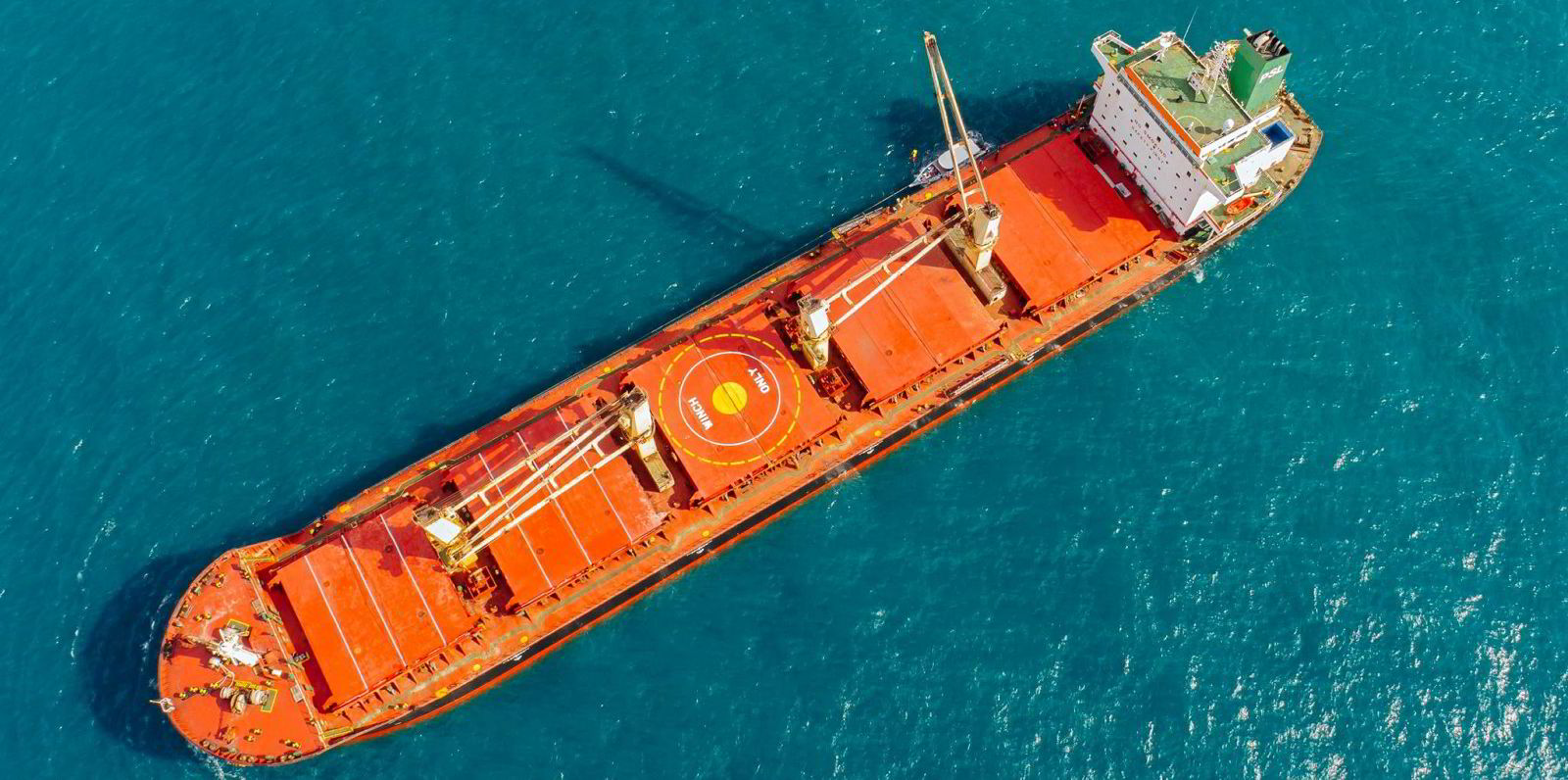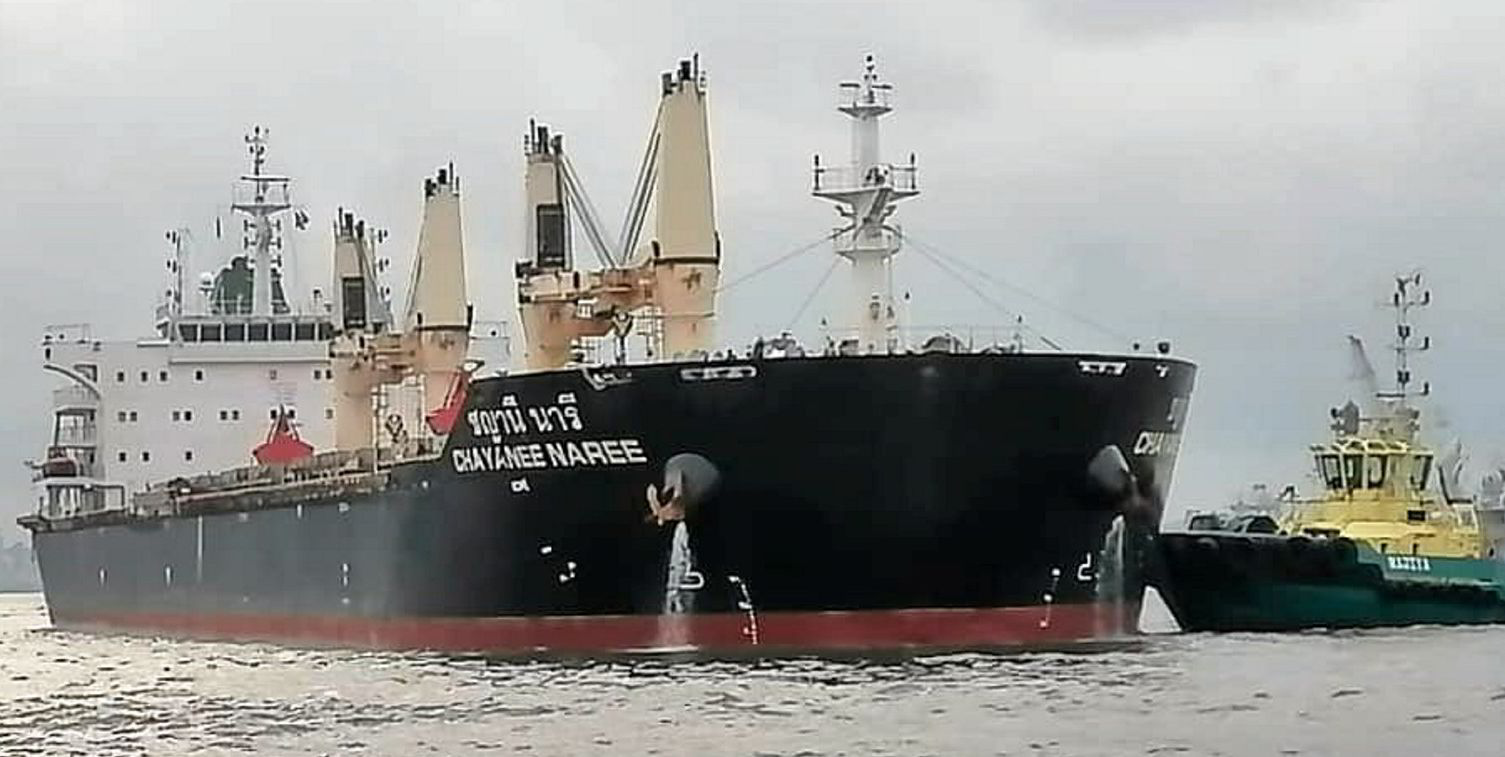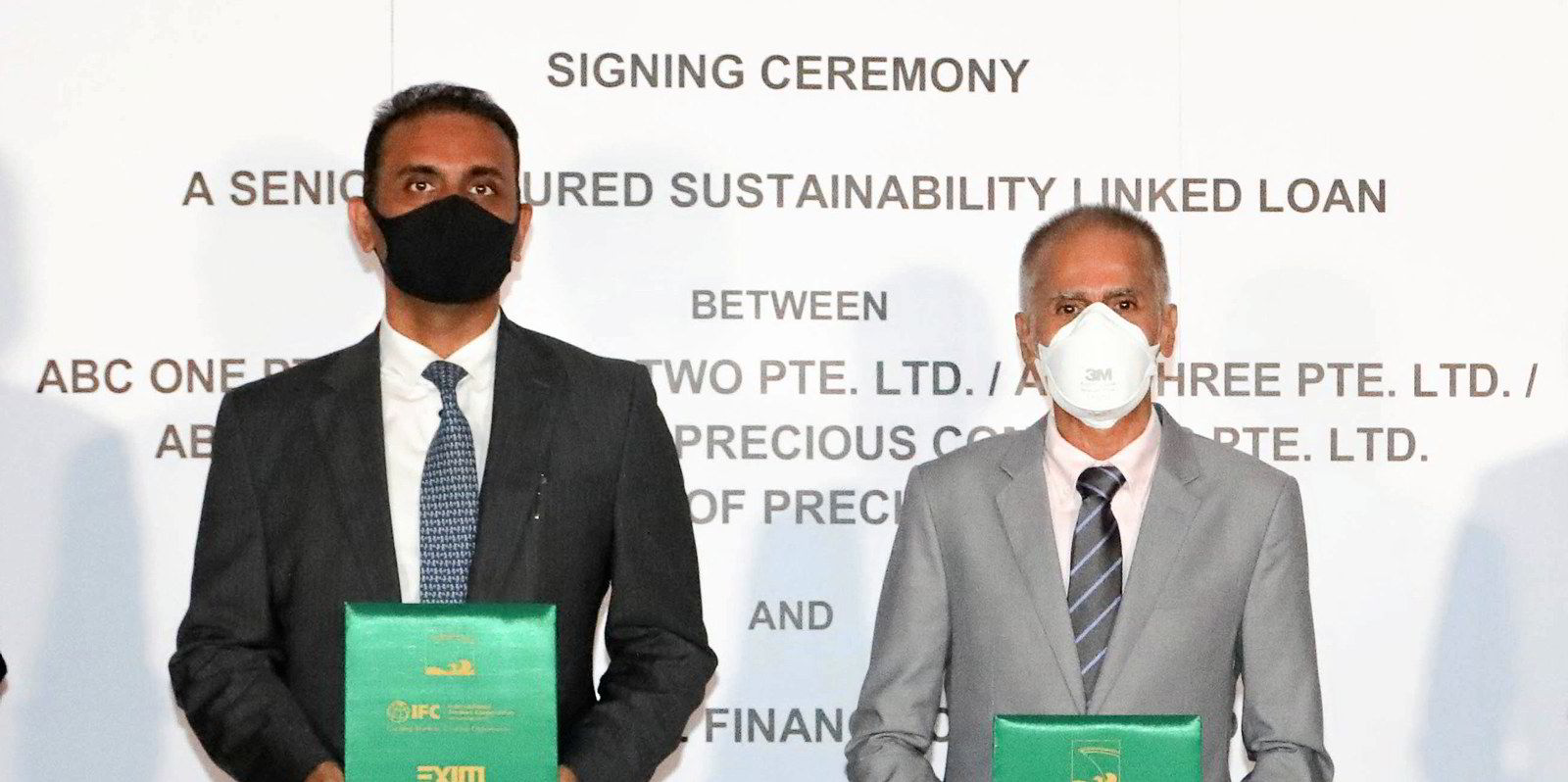Precious Shipping says last year’s financial performance was the second-best in its history, bettered only by the blockbuster results of 2008.
The Khalid Hashim-led shipowner said full-year net profit for the year was $136.96m — just shy of its all-time high of $148.14m, 13 years earlier.
The Thai shipowner enjoyed a particularly strong fourth quarter, with net profit reaching $52.7m and its highest earnings per ship topping $50,000 per day.
During the quarter, the Baltic Handy Size Index (BHSI) averaged 1,743 points, as derived from an average time charter rate of $31,370 per day. In comparison, the Precious handysize fleet earned $25,062 and underperformed the BHSI TC rate by 20.11%.
Similarly, the Baltic Supramax Index (BSI) averaged 2,771 points, as derived from an average time charter rate of $30,472 per day.
In contrast, the average earnings for the Precious supramax and ultramax fleets was $27,958 per day and underperformed the BSI TC rate by 8.25%.
Precious pinpointed “three reasons for our underperformance”, including that its ships were “different” from the index ships.
“On an apples-to-apples comparison, our handysize ships are ranked 25% below and the supramaxes are 10% below the index ship time charter rates,” it said.
Secondly, it said seven of its handysizes, out of a fleet of 19, are on long-term charters fixed at $19,083 per day, and one supramax, out of a fleet of 17, is fixed at $13,421 per day.

“And finally, if we see the way the market has gone down during the fourth quarter, if you had fixed all your ships on day one of the fourth quarter at the index level — BHSI $35,769 and BSI $37,212 — despite our ships not being as well ranked as the index ships, you would outperform the average index ship time charter by 14% in handy and 22.1% in supramaxes,” Precious said.
“If we had applied these three adjustment factors to our result, we would have outperformed the handy index by 3.7% and underperformed the supramax index by 12.7%.”
Precious said rates began 2021 at a low level and accelerated to a peak on 7 October, with the Baltic Dry Index hitting a 13-year high at 5,650 points and falling consistently since then.
“Demand/supply for dry bulk at the start of 2021 was in perfect balance, and as ton-mile estimated demand by Clarksons grew at 4.2% compared to net fleet growth at 3.55%, rates skyrocketed,” the shipowner said.
“But when China decided to rein in their out-of-control real estate sector by letting Evergrande and its brethren collapse, imposed strict anti-pollution controls on coal-fired power plants post-COP26, curtailed steel production and insisted on blue skies during the Winter Olympics, ton-mile demand, of necessity, took a hit and rates fell for the opposite reasons that they skyrocketed to a peak on 5 October.
“As can be seen, all the reasons for the slowdown in the fourth quarter of 2021 and into the first quarter of 2022 are due to decisions made by governments.
“These decisions have curtailed demand, but when reversed, they will allow demand to flourish once again, and we could be back at the same point we were at the start of 2021.”





